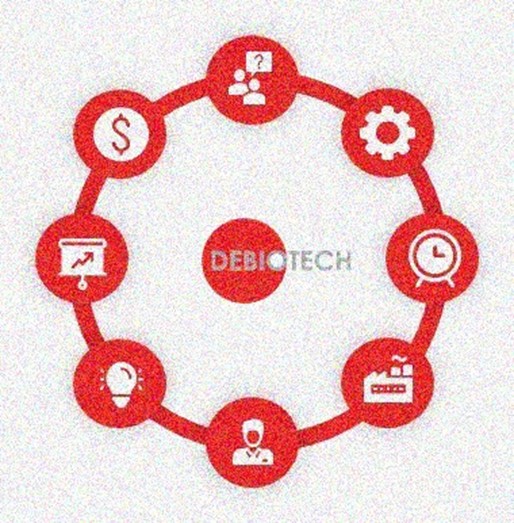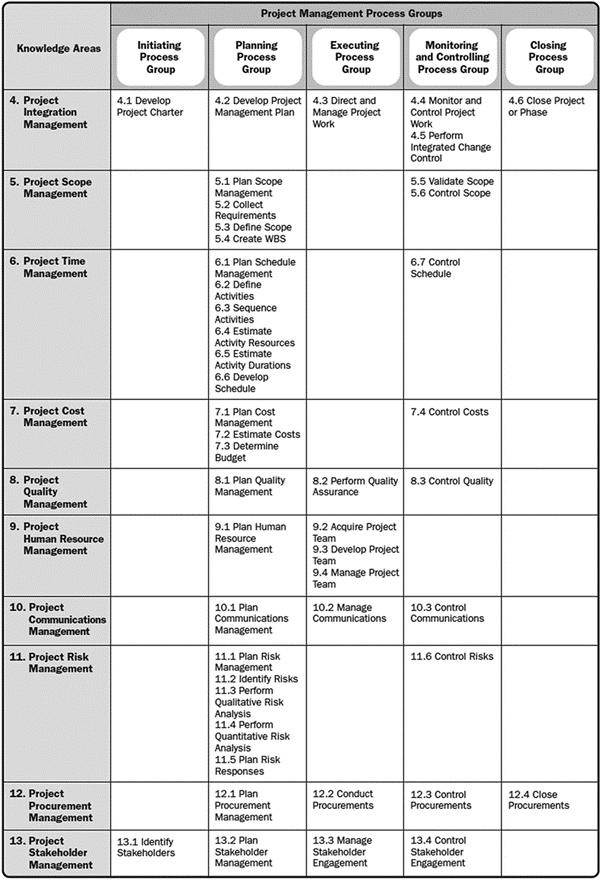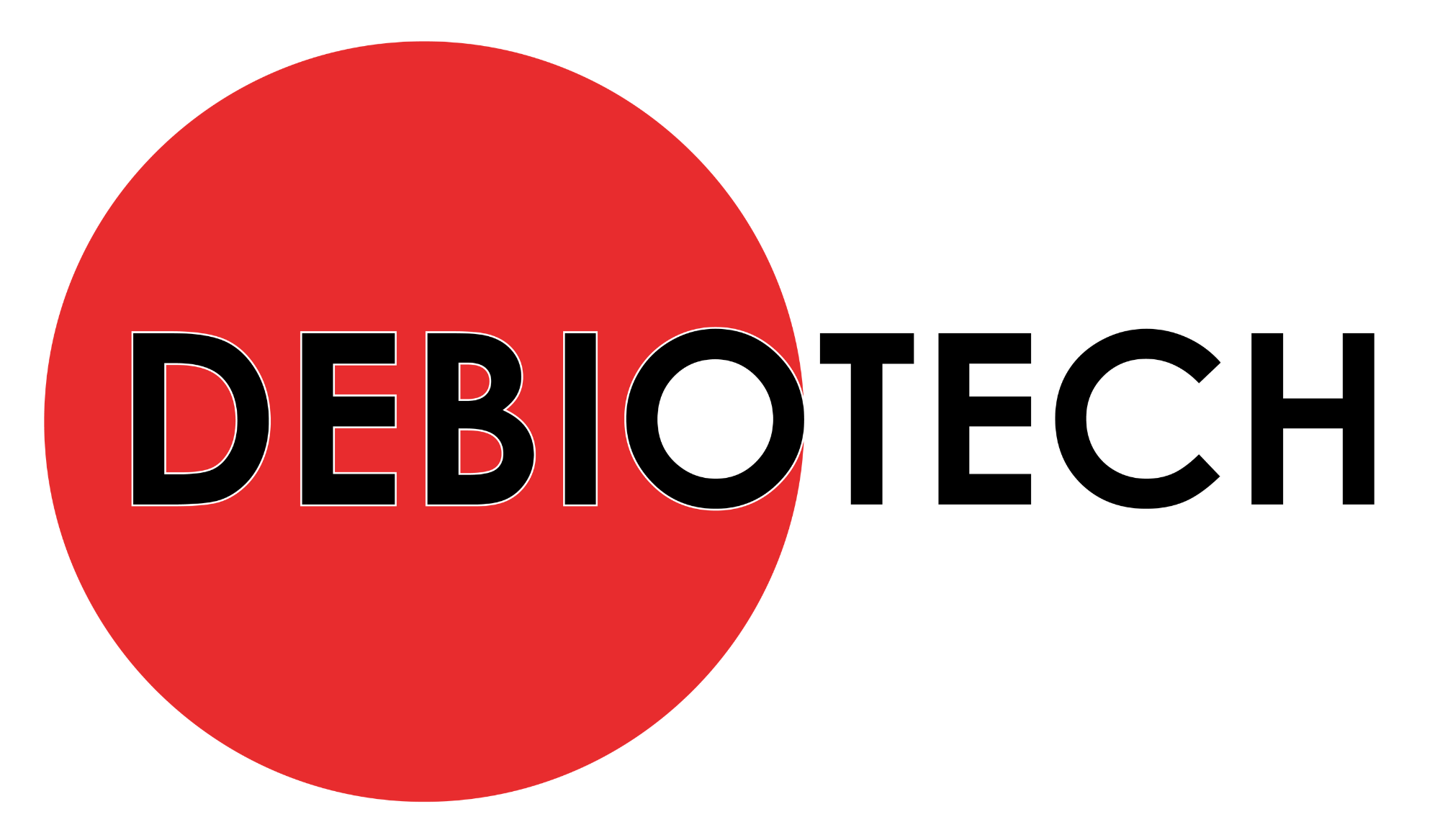
The goal of this publication is to help you in your transversal project management activities. Transversal project management is not a straightforward task involving a single individual; it is indeed a set of numerous and complex tasks with multiple stakeholders involved from different departments and organizations.
This is the last part of a series of 6 articles on this topic.
Targeted audience
The information gathered in this publication should be particularly useful for:
- C-Level executives,
- Project Managers,
- Quality Managers.
Activities
Multiple activities are necessary for proper project management. Each of these activities can be active in one, multiple or all project phases. The activities/knowledge areas defined by the PMP include:
- Project Integration Management: aims at helping the team to work together seamlessly and to develop a cohesive strategy. It usually allows to identify trade-offs to be made.
- Project Scope Management: defines what goes into a project, what defines success and therefore detailed specifications of the deliverables.
- Project Time Management: involves analyzing and developing a schedule and timeline for project completion.
- Project Cost Management: involves estimating, allocating and controlling project costs.
- Project Quality Management: involves measurement of the quality of all the activities performed and deliverables developed as well as the management of corrective actions until the desired quality is achieved.
- Project Human Resources Management: consists in organizing, managing, animating, and leading a project team.
- Project Communications Management: consists in ensuring timely and appropriate planning, collection, creation, distribution, storage, retrieval, management, control, monitoring, and disposition of project information.
- Project Risk Management: consists in identifying, analyzing, and responding to any risk that arises over the life cycle of the project. Risks are foreseen before the damage happens and risk control measures are established in advanced to allow timely respond to critical situations.
- Project Procurement Management: it consists in planning, selecting, administering, and closing procurements.
Process map
The PMP methodology defines a process map that describe in detail the processes that are involved at each phase for each knowledge areas/activities. It provides a good high-level picture of the processes necessary in project management.

Figure 5. PMP Process map
Some critical processes
Collect requirements & Define Scope
Project scope definition is often underestimated. It is usually a challenging step as it is the base on which your project plan will be created. But when defining the scope of your project you need to ensure that you collected the requirements from all stakeholders. It is really a challenging process, especially with complex stakeholder structures. For example, in medical device industry, the stakeholders usually include the sponsor of the project, the final user, a physician but also all his/her support team: the nurses, the engineering team of the clinical center, but as well the patient and sometime the patient relatives. For complex technical aspects, it is also suggested to include technical experts within the stakeholders to ensure some aspects are properly considered and impossible performances are not inserted within the requirements.
As stakeholders may include high-level executives or physicians, it is usually practical for the PM to organize meetings with each one of them independently to write down their requirements. Then the PM can check there is no contrary requirements, document properly all those items and finally organize a stakeholder meeting to review and validate requirements with all stakeholders. Within complex stakeholders structure this process can take several months and may delay the project execution.
Define & Update project Timelines, resources & budget
Based on the project scope, the PM can then define, often in collaboration with some people of the project team, a list of work items and their deliverables, in a so-called work breakdown structure. Then the time required to execute each task and get all the deliverables can be estimated in association with a resource allocation. This estimation results in a feasible timeline for the development of the project’s deliverables and the definition of the associated required resources. Those resources shall include a complete list of required materials and their specifications as well as a list of necessary collaborator profiles and the time they should spend on the different work items. It is important to establish a realistic timeline considering holidays and not expecting collaborators to be at 100% for 6 months or more.
Once the timeline defined and the required resources identified it is then possible to define the project budget.
The timeline, the associated resources and the budget shall be reviewed and validated by the sponsor team, not with the objective to challenge the established timeline or budget but with the objective to ensure that they understand what is necessary for this project and are ready to make those resources available to the PM. However, the sponsor team usually include experienced PMs that can provide interesting review on the timeline, associated resources, or budget. It is the responsibility of the PM to be open to modifications but to challenge them to ensure they are reasonable.
For the critical tasks and deliverables, a risk assessment is suitable to identify the potential threads that could delay them or impact their scope. The outcome of this assessment should be a set of backup plans and their impact on the execution of the project. This activity will be described in detail in section 8.4.4.
Control timeline and budget
Once the timeline, resources and budget are validated, this information shall be maintained up to date during the execution of the project. To do so, it is necessary to frequently monitor the expenses of budget, the acquisition of materials and the time spent by the members of the project team. Time reporting tools are often of high added value to do this type of monitoring.
If significative deviations between the planning and the monitoring are identified, the PM shall investigate the root cause of those deviations, see if they can be corrected or if the planning (timeline, resources, and budget) shall be updated accordingly. When needed, the backup plans shall be activated under the approval of the sponsor team. It is not rare to see project planning updated during the execution of a project, however the PM will gain important recognition and significant support from the sponsor team if he/she manages to keep project planning close to the initial planning. In addition, project planning is usually associated with critical marketing deadlines, as for example the presentation to a yearly congress, and small delays in the project execution can quickly lead to a 1-year delay in marketing and sales activities. Finally, frequent planning updates might be the sign of insufficient quality and level of details of the initial planning.
To perform this monitoring of used resources and budget the PM shall work in close collaboration with the human resources, the accounting, and the purchasing department of the company.
Identify project risks & define control measures
A project risk is an uncertain event that may or may not occur during a project. Contrary to our everyday idea, a project risk could have either a negative or a positive effect on progress towards project objectives.
Depending on the size of the project and the field of application, risk management activities can be of various importance. It is also important to distinguish project risk management and product or service risk management.
For specific domains of applications as the medical device industry, the pharma industry, the financial industry, or some industries related to dangerous substances and processes the product or service risk management activities are of key importance and might be heavily regulated.
However, for any project, project risk management activities should bring significant efficiency in damage prevention and recovery. The goal of this activity is to identify early in the project planning, the risks associated with the project and identify risk control measure (preventive actions) or damage recovery solutions (corrective actions). This way when a risk happens, the PM will already have an approved solution to handle this situation. Typical project risks include but are not limited to:
- Human resources risk: required resources are not available on time for the project execution. Depending on the strategical priority of the project and the available financial resources to overcome this issue, various preventive and corrective actions can be identified.
- Purchasing risks: critical suppliers are not identified on time, the delivery time is not respected, the quality of the purchase is not matching with expectations.
- Financial risks: for international long-term projects, it is frequent to see variations of local currencies impacting the project budget. Unavailability of financing for project execution is also a potential risk.
- Natural risks: as for example earthquakes, tsunamis, fires, water limitations, excessive temperatures, … They may have drastic impact, could destroy project sites and can be very hard to predict. However, choosing project sites with lower probabilities of natural events is a simple and efficient preventive action.
- Competitive risks: secret projects from competitors are identified in the course of the project and they might lead to a necessary redefinition of the project scope, communication or delivery time.
- Cost risks: the cost can be a financial cost or even a time-based one. A risk could be due to the budget being too tight or the project taking too long to complete.
- Schedule risks: the schedule is an important factor that affects the project’s success. A risk could be due to the lack of resources, a lack of quality work, or even miscommunication between parties involved in the project.
- Performance risks: performance issues are what keep projects from being successful. Performance includes everything from how well it performs in terms of speed and accuracy to how well it’s received by its target audience.
Conclusion
As you can see the management of a project is not an exact science. It requires skilled people and their knowledge of a set of tools. It also requires a well-defined organization within the company in order to facilitate the allocation of resources and the definition of the basic processes involved in the project management.
Debiotech has an experience over 30 years for managing transversal project within large organizations. Do not hesitate to contact us for getting our support.
Authors
 |
Rémi Charrier Business Development Director r.charrier@debiotech.com |
||
|
Stephan Proennecke |
 |
Next steps
Debiotech is glad to have the opportunity to share its knowledge with innovative companies from the MedTech industry. Your feedbacks on this publication are welcome and will be used to update it or to create new publications on topics you care about.
Continue your education on medical device development by:
- Accessing Debiotech historic publications: https://www.debiotech.com/news-grid/
- Following Debiotech on LinkedIn to be notified on new publications: https://www.linkedin.com/company/debiotech-sa
- Contacting us to ask a question or request personalized support: contact@debiotech.com
Debiotech would be proud to be your partner and support you with:
- Medical device design & development services:
- Software: Digital Health, Firmware, Embedded, SaMD
- Electronics: Design, Verification and Validation
- Mechanics: Design for micro-fabrication & fluidics systems
- Supply chain development and optimization
- Support in medical innovation management:
- Market analysis and segmentation
- IP management
- Business plan consolidation
- Partnership development


